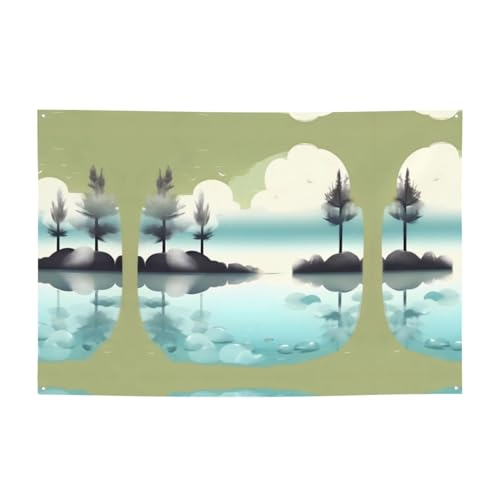Since 2003 when I bought it, I have used a number of products and processes over the years.
Starting out, I used a Makita 9227c high speed buffer, wool pads, lots of water, and 3M red compound mixed with water in a diner style ketchup bottle.
The wool pad was soaked in a bucket of water, spun out, and the compound applied to the wool pad.
I'd start on the hull and work it gently until the compound started to dry out, then I would use a home depot spray bottle filled with water to wet it and keep going.
It's like wet sanding, only with rubbing compound.
Think of it as wet sanding with a buffer and a wool pad. Let the compound cut, and the water lubricate just as you would if you were wet sanding.
It's messy, but effective.
Once you clean off the gross contamination, you may need to switch to a less aggressive white polishing compound to complete the task, but the method is the same.
Lots of water and patience.
Your boat didn't get that way overnight, and bringing it back won't happen in a day... or even this year.
My boat took progressive applications of product and patience to get to where you see it now.
And yes... mine was where yours is before I started.
Just be thankful yours is a 21. :wink:
Change wool pads often and throw them in a bucket filled with water for cleaning later.
Don't let the pads load up, or all you will do is grind the oxidized gelcoat back into the finish.
The object is to remove the bad stuff, not grind it back in.
Understand that you will probably need to do this a number of times.
Resist the urge to think wax will cover dull gelcoat. It won't.
The surface needs to absolutely clean and devoid of haze before you even think about wax.
But... as you can see... it can be done.
Good luck, and document your progress.





































